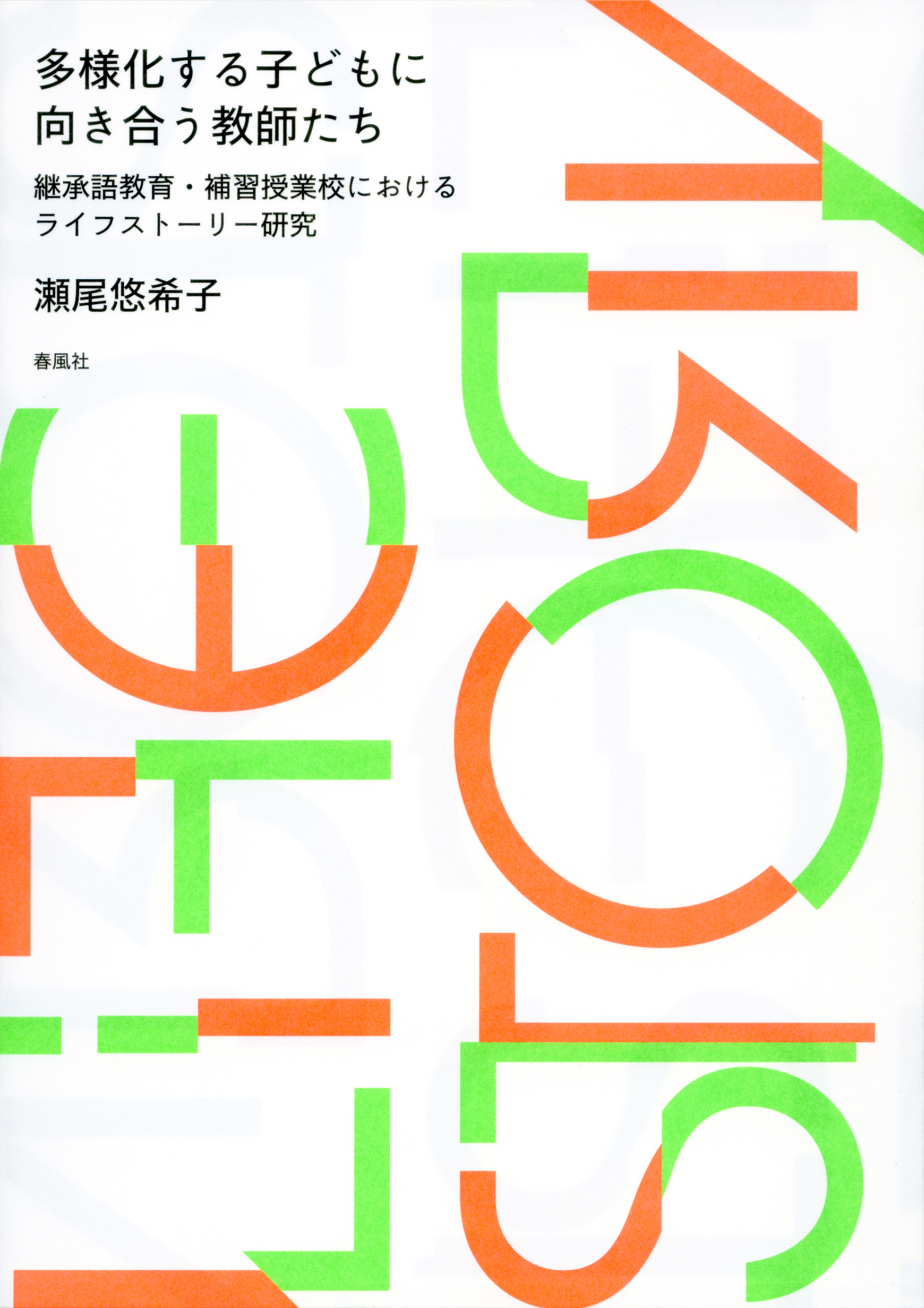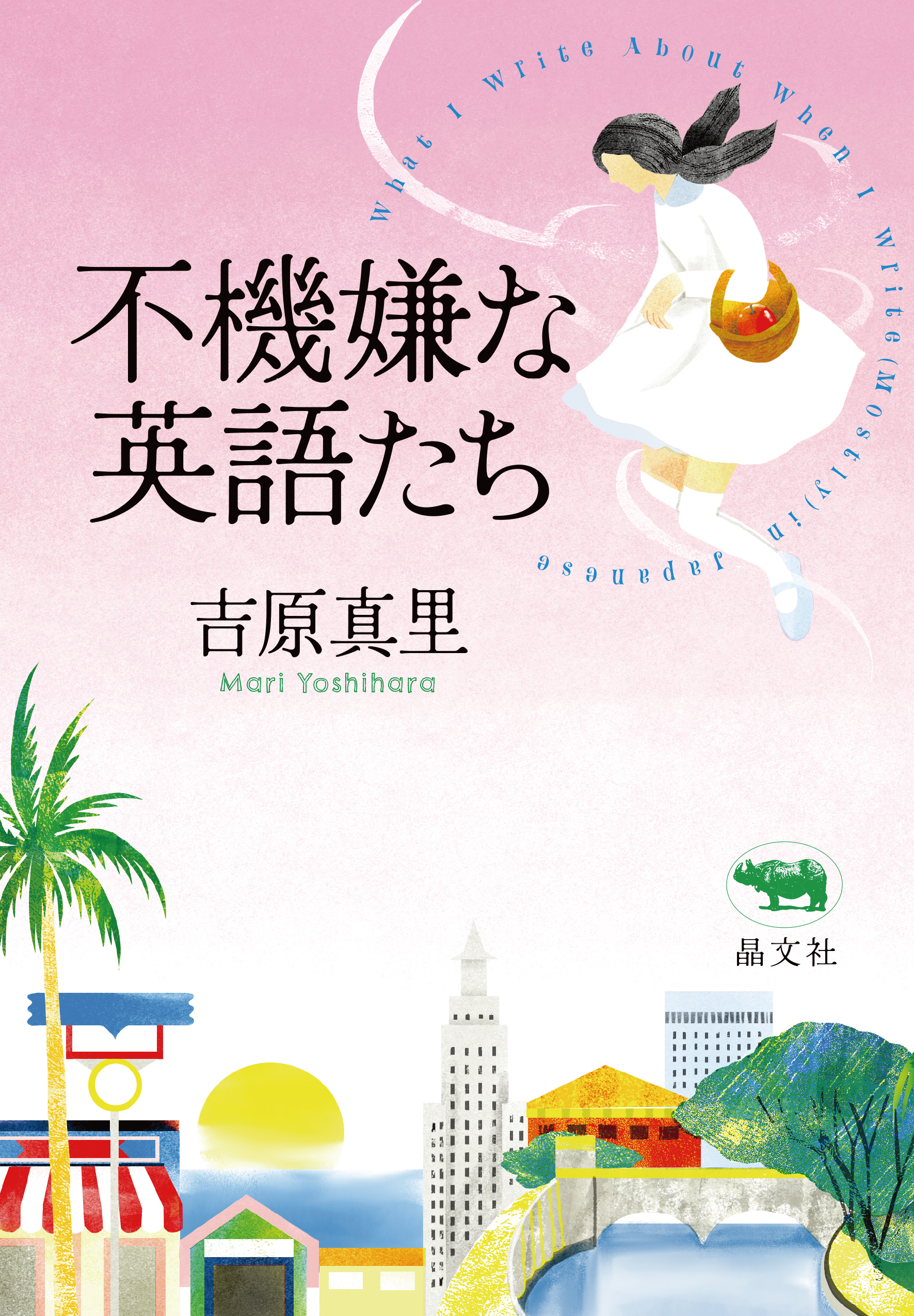
Title
Tayō-ka suru kodomo ni mukiau kyōshi-tachi (Teachers in the Face of Diversified Children - A Study on Life Stories in Heritage Language Education and Japanese Supplementary Schools)
Size
300 pages, A5 format, softcover
Language
Japanese
Released
September, 2020
ISBN
9784861106934
Published by
Shumpusha Publishing
Book Info
See Book Availability at Library
Japanese Page
Have you ever heard of Japanese supplementary schools? These educational institution are set up overseas, and classes are taken in Japanese once a week by Japanese children who normally attend local and international schools. Since the post-war era of high economic growth, such schools have been established all over the world, providing education mainly to children of Japanese expatriates to allow them to adapt smoothly to school life and schoolwork upon their return to Japan.
However, in recent years, there has been a growing number of Japanese people who live abroad permanently or stay abroad in the long term. As a result, these schools are now being attended by many children who do not necessarily have a clear plan to return to Japan. Therefore, there is an urgent need to reconsider the conventional educational objectives, contents, and methods designed to help children in their return to Japan. In addition, there must be a shift toward education adapted to the diverse language capabilities and identities of children living amidst multiple languages and cultures. Despite this, it would be difficult to say that the curriculum, teaching materials, and teaching methods for providing this sort of education are adequately developed and refined as of present. Moreover, for these Japanese supplementary schools that only provide classes once a week, it is not easy to secure experienced teachers, and the opportunities for training are very limited.
The aim of this book is thus to clarify how teachers at Japanese supplementary schools can construct and transform ideas about education for children in these situations, and how they can or cannot express such ideas in educational practice. The process of achieving this is depicted through the life stories of three teachers.
The method of using life stories was adopted mainly for two reasons. First, since the lives of teachers are very much ingrained in the act of teaching, it is essential to view and understand teachers in their entirety as individual human beings. In this book, the life stories of the three teachers describe how the policies of Japanese supplementary schools, the interactions with colleagues, parents, and children, along with the various past experiences of the teachers themselves, interplay with one another to allow the teachers to form the ideas and images of the kind of education they would give to the children they teach, as well as how such ideas and images are expressed (or sometimes unable to be expressed) by the teachers in educational practice. Second, the teachers’ life stories in this book are intended to be used as a resource in helping readers to change their own stories. To ignite a change in the education provided in Japanese supplementary schools, there first needs to be a change in people’s stories. It is believed that such a change would ultimately bring about a “reconstruction of a reality that is Japanese supplementary schools and a society where Japanese supplementary schools are set up” (p. 52 of this book).
(Written by SEO Yukiko, Lecturer, Graduate School of Arts and Sciences / 2020)



 Find a book
Find a book


